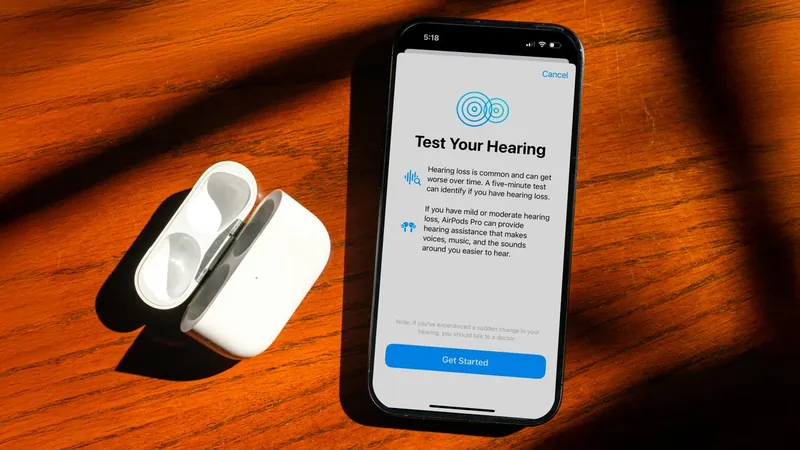
Groundbreaking Visualization Techniques by Dr. Lingyun Yu Earn Prestigious IEEE VIS Test of Time Award
2024-10-25
Author: Sarah
In an age where we are inundated with vast amounts of data, the ability to visually interpret complex information is becoming increasingly vital. Visualization techniques find applications across diverse sectors, from medicine to astronomy, transforming abstract data into user-friendly representations. This technology not only aids scientific research but also enhances everyday decision-making processes.
One specific type of data that has gained importance is point cloud data, which captures a collection of points in three-dimensional space, often supplemented with attributes such as color and intensity. In astronomy, this type of data helps portray the locations and characteristics of celestial bodies, providing insights into the universe's structure, the evolution of galaxies, and the distribution of large-scale cosmic entities.
Dr. Lingyun Yu, a prominent figure at Xi’an Jiaotong-Liverpool University, significantly contributed to point cloud data selection techniques with her co-authors back in 2012. They developed two powerful methods named TeddySelection and CloudLasso, which allow users to quickly and precisely select desired data by simply outlining the area of interest. This innovation has remarkably improved efficiency and accuracy in the processing of complex datasets.
Due to the sustained relevance of her work, Dr. Yu's research team has been honored with the prestigious 12-Year SciVis Test of Time Award at the IEEE Visualization Conference 2024. This recognition highlights the profound and lasting effect her research continues to have on the field of scientific visualization.
Dr. Yu initially devised these techniques while completing her PhD at the University of Groningen, Netherlands, where her pioneering paper earned a Best Paper Honorable Mention at IEEE VIS 2012. The enduring impact of her findings confirms their importance in today’s scientific landscape.
A remarkable aspect of Dr. Yu's techniques is their ability to understand user intent. By merely drawing around point cloud clusters, users can communicate their selection preferences. The system intelligently interprets the drawing, factoring in the shape, location, and the inherent characteristics of the data to deliver precise results that align with user expectations.
As technology advances, Dr. Yu and her team are now exploring the integration of these techniques in virtual reality (VR) and mixed reality (MR) settings. In VR, users can immerse themselves in the data universe, facilitating more intuitive interactions. Meanwhile, MR allows seamless transitions between virtual and actual elements, enhancing flexibility and engagement with data.
"This technology aligns user intent with data attributes, creating a more intuitive experience," Dr. Yu stated. "As we advance this project, we aim to understand how users express their intentions within modern environments, enhancing both experience and efficiency. It's incredibly rewarding to continue this work and ensure its legacy."
Dr. Yu and her team’s groundbreaking contributions reflect the evolving landscape of data visualization and its increasing significance in understanding complex information in innovative environments.


 Brasil (PT)
Brasil (PT)
 Canada (EN)
Canada (EN)
 Chile (ES)
Chile (ES)
 España (ES)
España (ES)
 France (FR)
France (FR)
 Hong Kong (EN)
Hong Kong (EN)
 Italia (IT)
Italia (IT)
 日本 (JA)
日本 (JA)
 Magyarország (HU)
Magyarország (HU)
 Norge (NO)
Norge (NO)
 Polska (PL)
Polska (PL)
 Schweiz (DE)
Schweiz (DE)
 Singapore (EN)
Singapore (EN)
 Sverige (SV)
Sverige (SV)
 Suomi (FI)
Suomi (FI)
 Türkiye (TR)
Türkiye (TR)